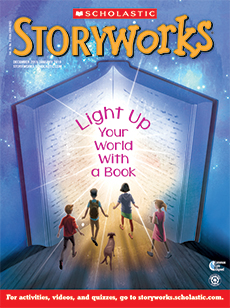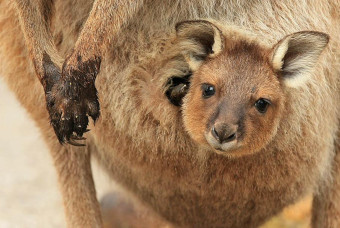Journey
Topic: Earth and Sky
Plants
1
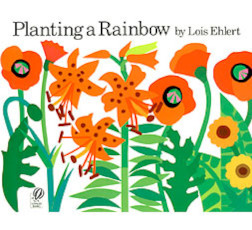
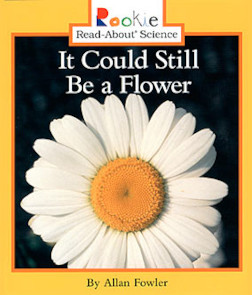
Watch the Story
Planting a Rainbow by Lois Elhert
Read the Book
It Could Still Be a Flower by Allan Fowler
2
What Do Plants Need?
Plants have amazing ways of getting light, water, and nutrients.Lesson Activities
3
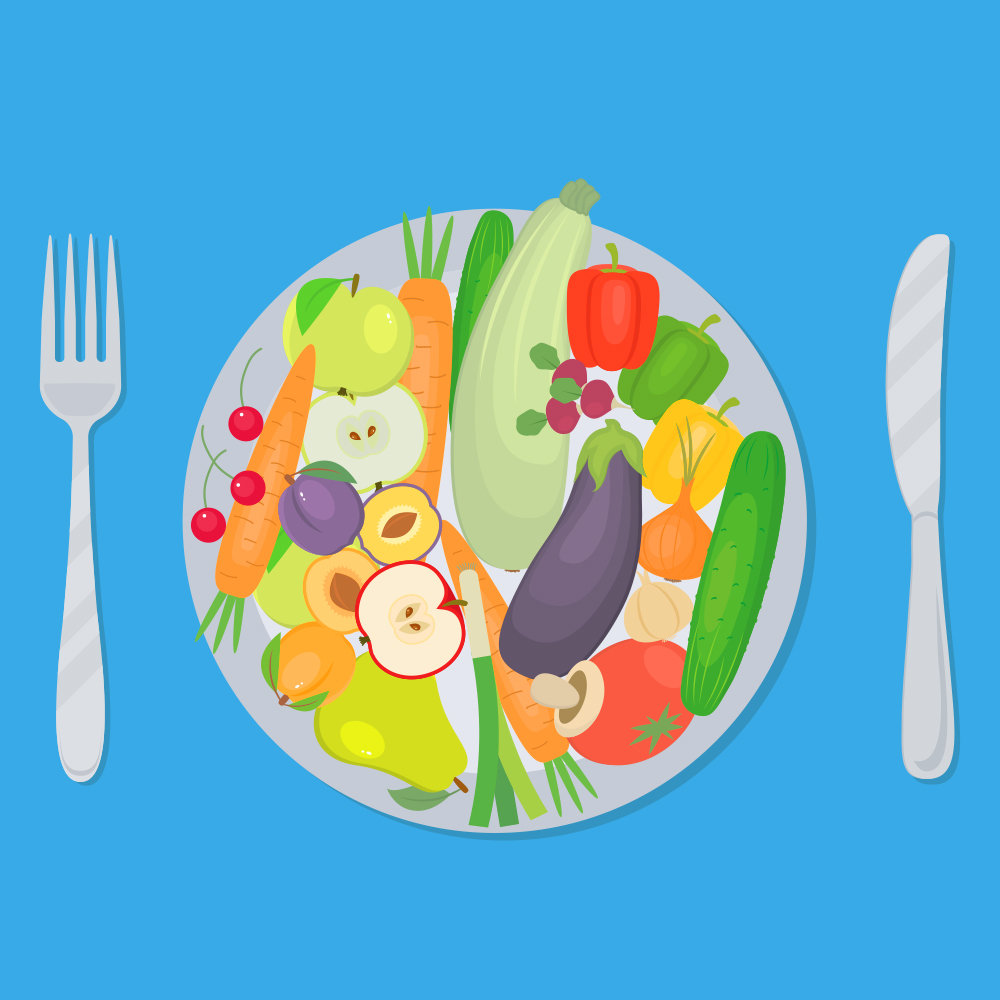
Fruit and Vegetable Activity
Make a Colorful Plate!
Materials: empty dinner plate, household fruits and vegetables, butter knife, cutting board
Materials: empty dinner plate, household fruits and vegetables, butter knife, cutting board
Your child will learn more about plants and maybe even try a new healthy food as they make a rainbow plate.
Tell your child that people eat plant parts. They’re called fruits and vegetables!
Challenge your child to help you find edible plants in your kitchen. Look for different parts of plants, for example: carrots for roots, broccoli tops for flowers; lettuce for leaves; beans, peas, or nuts for seeds; celery for stems, and bananas, apples, oranges, or berries for fruit.
Now hand your child an empty plate. Challenge them to arrange a rainbow of colors on the plate! You could say that nutritionists tell us to eat the rainbow. Vegetables and fruits of different colors keep our bodies healthy.
Let your child arrange their “rainbow” plate as they like. Give them a butter knife and cutting board to cut soft fruits.
When your child is finished, take a picture of the plate. Ask them what they like best about it. Ask them how they decided to arrange it as they did. Then let them eat what they’d like.
Actividad de frutas y vegetales
¡Haz un plato de colores!
Materiales: un plato llano grande, frutas y vegetales de la casa, cuchillo de untar, una tabla para cortar
Materiales: un plato llano grande, frutas y vegetales de la casa, cuchillo de untar, una tabla para cortar
Tu niño o niña aprenderá más sobre las plantas y tal vez pruebe un alimento sano mientras crea un plato de arcoíris.
Dile a tu niño que la gente come diferentes partes de las plantas. ¡Se llaman frutas y vegetales!
Reta a tu niño a que te ayude a encontrar plantas comestibles en la cocina. Busquen las diferentes partes de las plantas, por ejemplo: las zanahorias son raíces; el brécol son las flores; la lechuga son las hojas; los frijoles, guisantes o nueces son las semillas; el apio es el tallo; y los plátanos, las manzanas, naranjas o frutillas silvestres son las frutas.
Ahora entrégale a tu niño el plato llano. Rétalo a que haga un arcoíris con los vegetales y frutas en el plato. Puedes decirle que los nutricionistas nos dicen que debemos comernos el arcoíris. Las frutas y los vegetales de diferentes colores nos ayudan a estar saludables.
Deja que el niño haga su “arcoíris” como quiera. Dale un cuchillo de untar y una tabla de cortar para que corte las frutas blandas.
Cuando tu niño termine, toma una foto del plato. Pregúntale qué le gusta más de su plato. Pregúntale por qué decidió colocar las frutas y vegetales como lo hizo. Entonces, déjalo comer lo que quiera.
